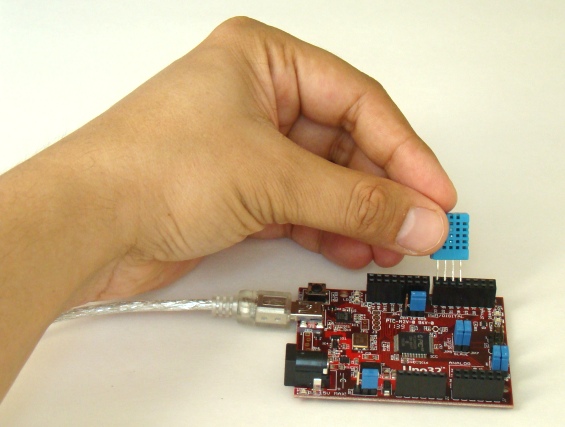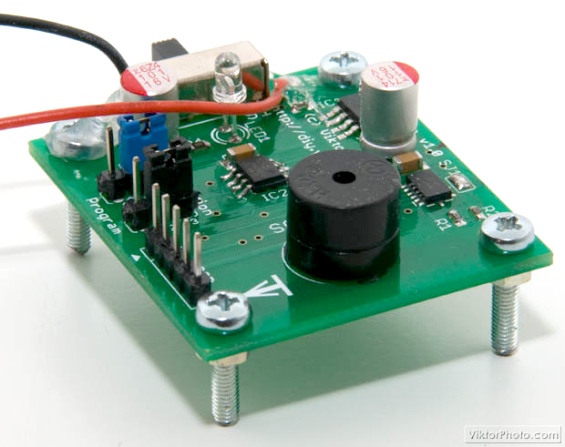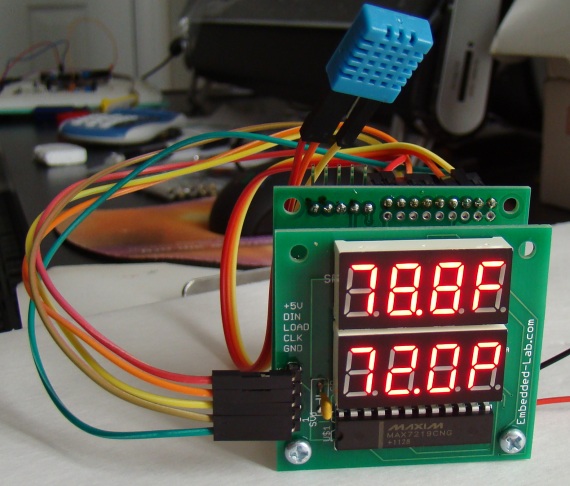More MAX7219 based serial seven segment LED displays are available now!

Due to high demand of the MAX7219 based serial 4-digit seven segment LED displays, I recently ordered more PCBs for this. You can now order a complete kit for $11.99 and an assembled module for $13.99. Both prices include free shipping within the continental United States. The display is based on the MAX7219 driver chip that supports 3-wire SPI interface. You can find an interfacing example for PIC12F683 microcontroller here. The example code is written in C and therefore, it can be easily implemented to any other microcontroller family. This display module is available for purchase as a kit. The
Read more

